
How to Use NMCU-ESP32 : Examples, Pinouts, and Specs
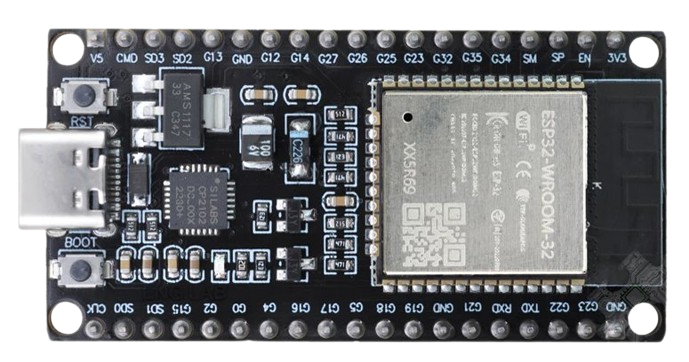
 Design with NMCU-ESP32 in Cirkit Designer
Design with NMCU-ESP32 in Cirkit DesignerIntroduction
The NMCU-ESP32, manufactured by na ich, is a versatile microcontroller unit (MCU) based on the ESP32 chip. It is equipped with built-in Wi-Fi and Bluetooth capabilities, making it an ideal choice for Internet of Things (IoT) applications. The NMCU-ESP32 offers robust processing power, multiple GPIO pins, analog-to-digital converters (ADCs), and support for various communication protocols, enabling seamless integration into a wide range of projects.
Explore Projects Built with NMCU-ESP32
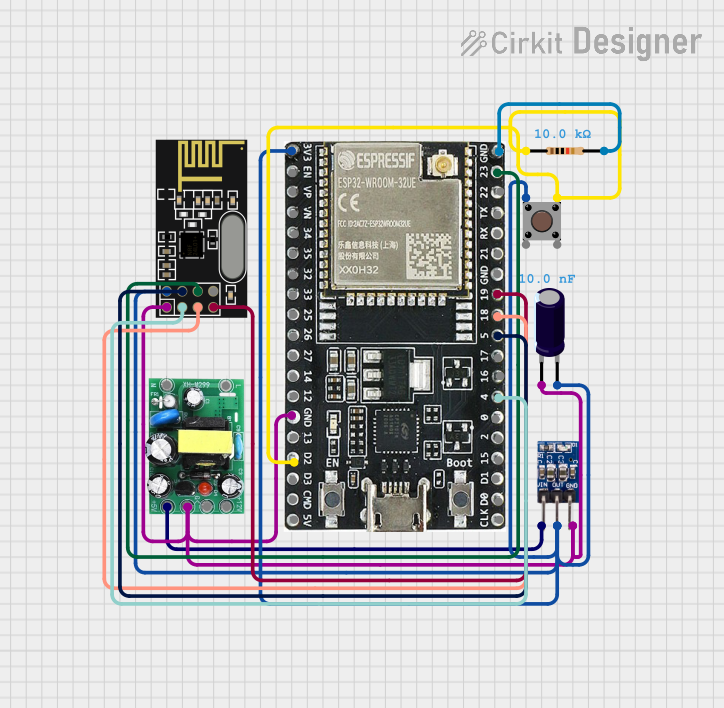
 Open Project in Cirkit Designer
Open Project in Cirkit Designer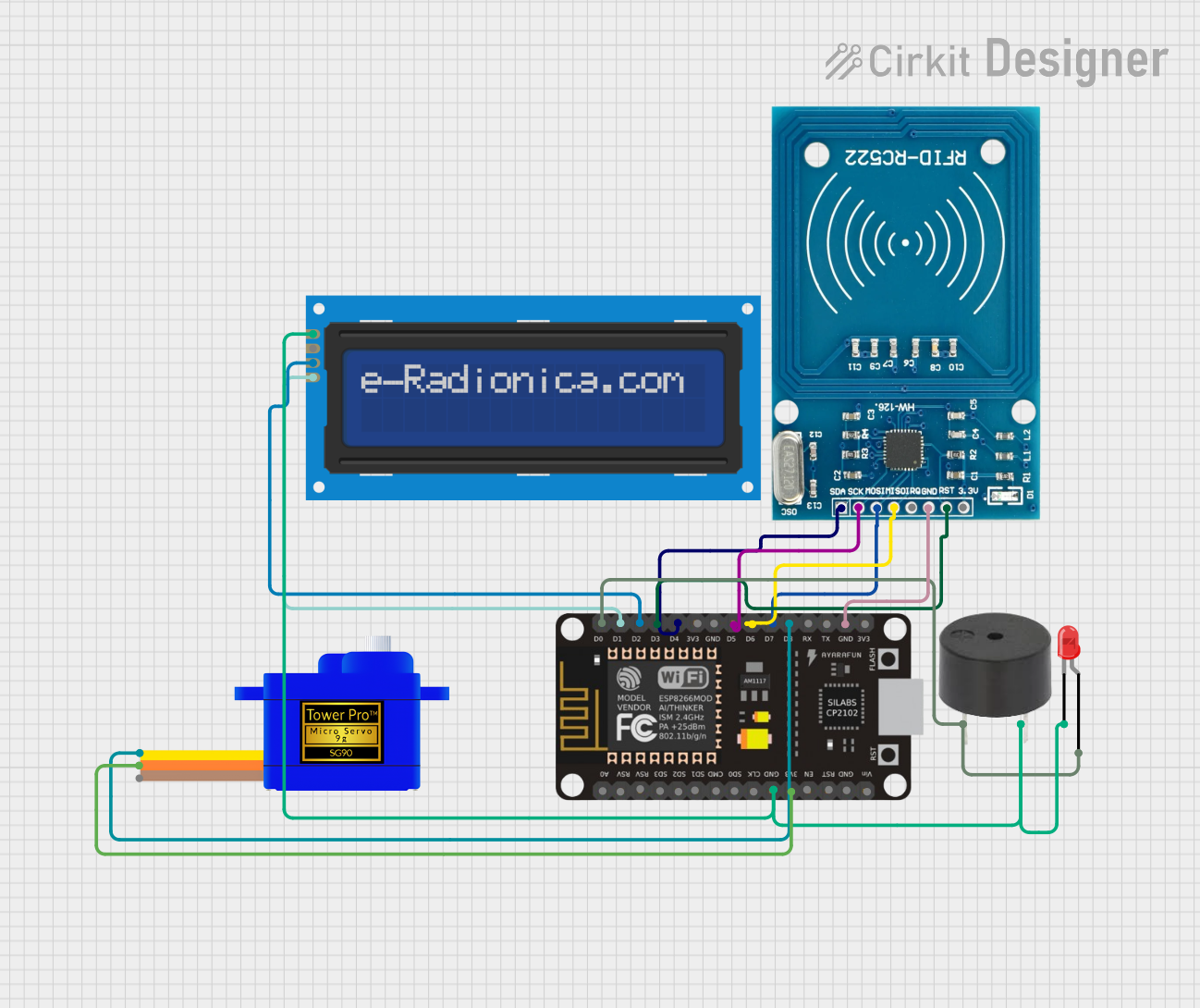
 Open Project in Cirkit Designer
Open Project in Cirkit Designer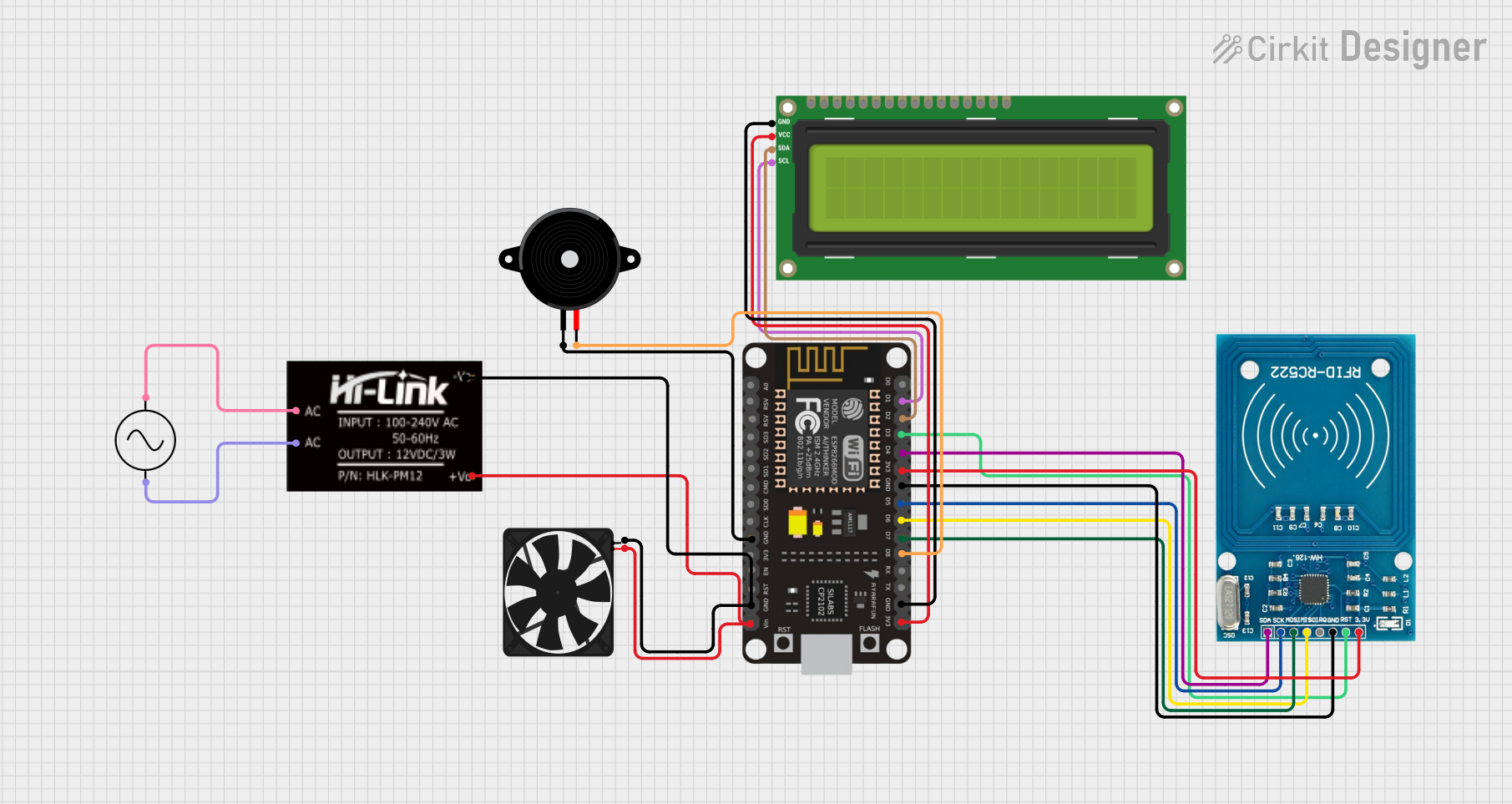
 Open Project in Cirkit Designer
Open Project in Cirkit Designer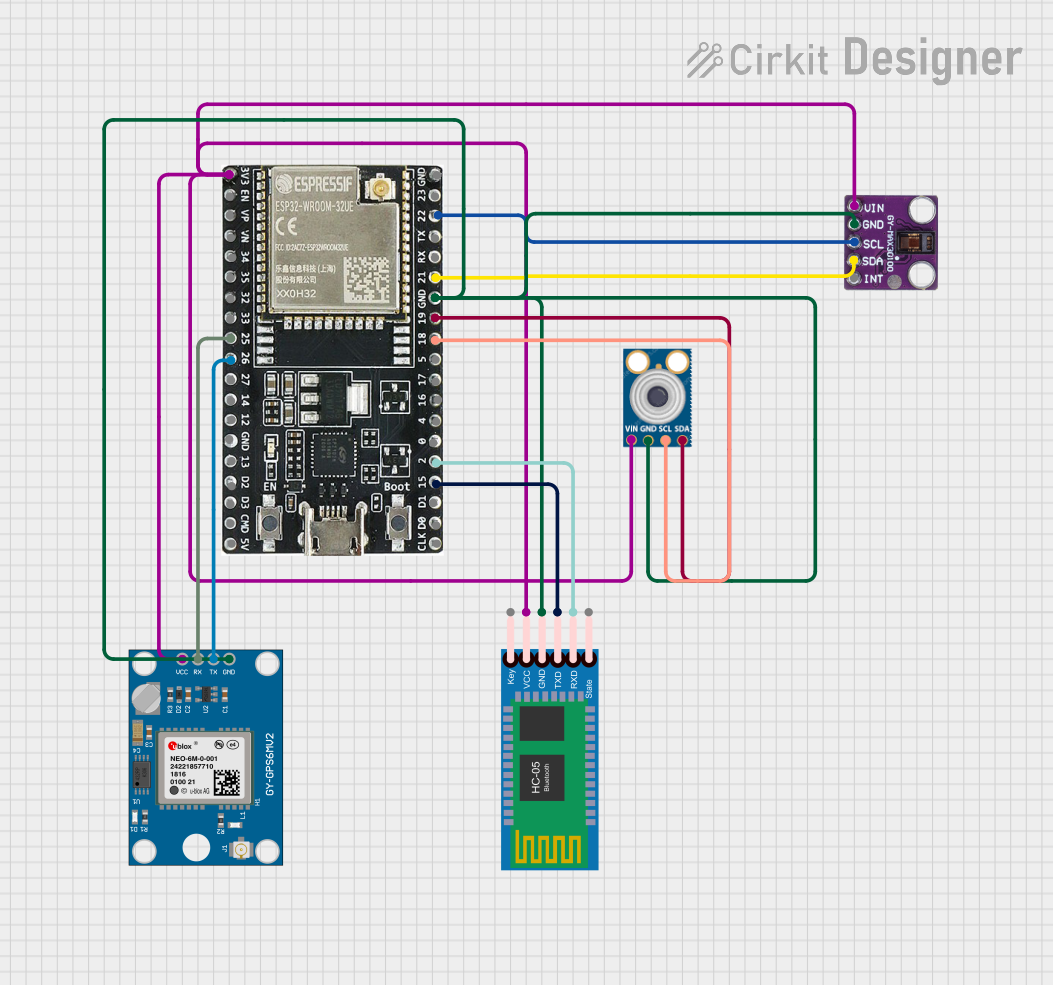
 Open Project in Cirkit Designer
Open Project in Cirkit DesignerExplore Projects Built with NMCU-ESP32

 Open Project in Cirkit Designer
Open Project in Cirkit Designer
 Open Project in Cirkit Designer
Open Project in Cirkit Designer
 Open Project in Cirkit Designer
Open Project in Cirkit Designer
 Open Project in Cirkit Designer
Open Project in Cirkit DesignerCommon Applications and Use Cases
- IoT devices and smart home automation
- Wireless sensor networks
- Wearable technology
- Robotics and automation systems
- Data logging and remote monitoring
- Prototyping and educational projects
Technical Specifications
The NMCU-ESP32 is packed with features that make it a powerful and flexible component for embedded systems. Below are its key technical specifications:
General Specifications
| Parameter | Value |
|---|---|
| Microcontroller | ESP32 Dual-Core Processor |
| Clock Speed | Up to 240 MHz |
| Flash Memory | 4 MB (varies by model) |
| SRAM | 520 KB |
| Connectivity | Wi-Fi 802.11 b/g/n, Bluetooth 4.2 |
| Operating Voltage | 3.3V |
| Input Voltage Range | 5V (via USB) or 3.3V (via pins) |
| GPIO Pins | 30+ (varies by board design) |
| ADC Channels | Up to 18 |
| Communication Protocols | UART, SPI, I2C, I2S, CAN, PWM |
Pin Configuration and Descriptions
The NMCU-ESP32 typically features a 38-pin layout. Below is a table of the most commonly used pins and their functions:
| Pin Number | Pin Name | Description |
|---|---|---|
| 1 | EN | Enable pin (active high) |
| 2 | IO0 | GPIO0, used for boot mode selection |
| 3 | IO1 (TX0) | GPIO1, UART0 TX (serial communication) |
| 4 | IO3 (RX0) | GPIO3, UART0 RX (serial communication) |
| 5 | IO4 | GPIO4, general-purpose I/O |
| 6 | IO5 | GPIO5, general-purpose I/O |
| 7 | IO12 | GPIO12, ADC2 channel 5 |
| 8 | IO13 | GPIO13, ADC2 channel 4 |
| 9 | IO14 | GPIO14, ADC2 channel 6 |
| 10 | IO15 | GPIO15, ADC2 channel 3 |
| 11 | IO16 | GPIO16, general-purpose I/O |
| 12 | IO17 | GPIO17, general-purpose I/O |
| 13 | GND | Ground |
| 14 | 3V3 | 3.3V power output |
| 15 | VIN | Input voltage (5V via USB or external source) |
Note: The exact pinout may vary depending on the specific NMCU-ESP32 board model. Always refer to the datasheet or schematic for your board.
Usage Instructions
How to Use the NMCU-ESP32 in a Circuit
- Powering the Board:
- Use a USB cable to supply 5V via the micro-USB port.
- Alternatively, provide 3.3V directly to the 3V3 pin or 5V to the VIN pin.
- Connecting Peripherals:
- Use the GPIO pins to connect sensors, actuators, or other peripherals.
- Ensure that the voltage levels of connected devices are compatible with the 3.3V logic of the NMCU-ESP32.
- Programming the Board:
- Install the Arduino IDE or ESP-IDF (Espressif IoT Development Framework).
- Select the appropriate board and port in the IDE.
- Write and upload your code to the NMCU-ESP32 via the USB connection.
Important Considerations and Best Practices
- Voltage Levels: The GPIO pins operate at 3.3V. Avoid applying 5V directly to the pins to prevent damage.
- Boot Mode: To enter bootloader mode for programming, hold the IO0 pin low while resetting the board.
- Power Supply: Ensure a stable power supply to avoid unexpected resets or malfunctions.
- Wi-Fi and Bluetooth: Avoid placing the board near metal objects or enclosures that may interfere with wireless signals.
Example Code for Arduino UNO Integration
Below is an example of how to use the NMCU-ESP32 to blink an LED connected to GPIO2:
// Example: Blink an LED on GPIO2 of the NMCU-ESP32
// Define the GPIO pin for the LED
#define LED_PIN 2
void setup() {
// Set the LED pin as an output
pinMode(LED_PIN, OUTPUT);
}
void loop() {
// Turn the LED on
digitalWrite(LED_PIN, HIGH);
delay(1000); // Wait for 1 second
// Turn the LED off
digitalWrite(LED_PIN, LOW);
delay(1000); // Wait for 1 second
}
Tip: Ensure that the LED is connected to GPIO2 with a current-limiting resistor (e.g., 220 ohms) to prevent damage.
Troubleshooting and FAQs
Common Issues and Solutions
The board is not detected by the computer:
- Ensure the USB cable is functional and supports data transfer.
- Install the necessary USB-to-serial drivers for the NMCU-ESP32.
Wi-Fi connection fails:
- Verify the SSID and password in your code.
- Check for interference or weak signal strength.
The board does not power on:
- Confirm that the power supply is within the acceptable voltage range.
- Check for loose connections or damaged components.
Code upload fails:
- Ensure the correct board and port are selected in the IDE.
- Hold the IO0 pin low while resetting the board to enter bootloader mode.
FAQs
Q: Can the NMCU-ESP32 operate on battery power?
A: Yes, the board can be powered by a LiPo battery or other 3.3V/5V sources. Ensure proper voltage regulation.
Q: How many devices can connect to the NMCU-ESP32 via Bluetooth?
A: The ESP32 supports up to 7 simultaneous Bluetooth connections in classic mode.
Q: Can I use the NMCU-ESP32 with MicroPython?
A: Yes, the NMCU-ESP32 is compatible with MicroPython. Flash the MicroPython firmware to get started.
Q: What is the maximum Wi-Fi range?
A: The Wi-Fi range depends on environmental factors but typically extends up to 100 meters in open spaces.
By following this documentation, you can effectively integrate the NMCU-ESP32 into your projects and troubleshoot common issues with ease.